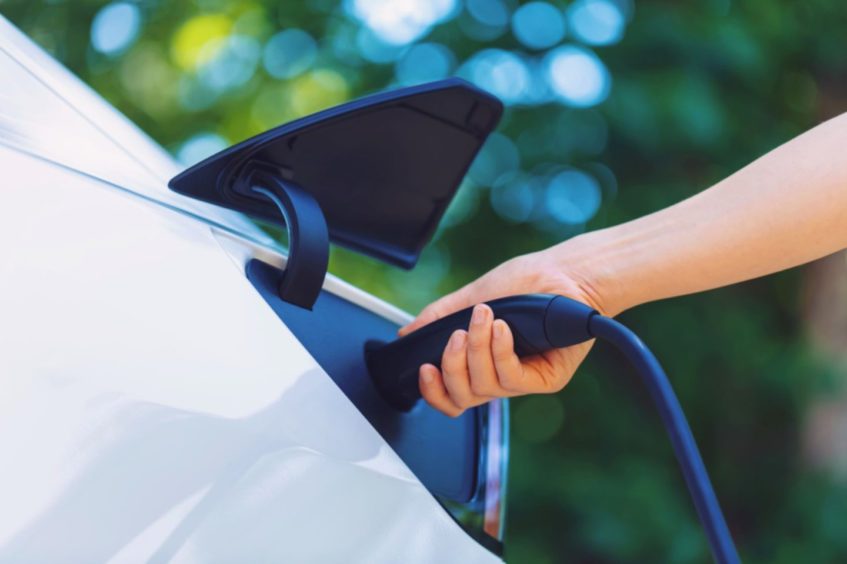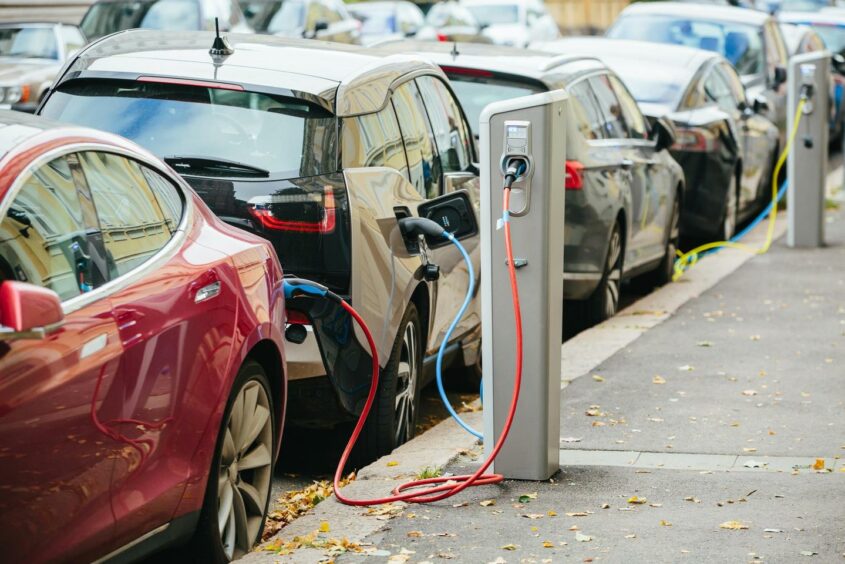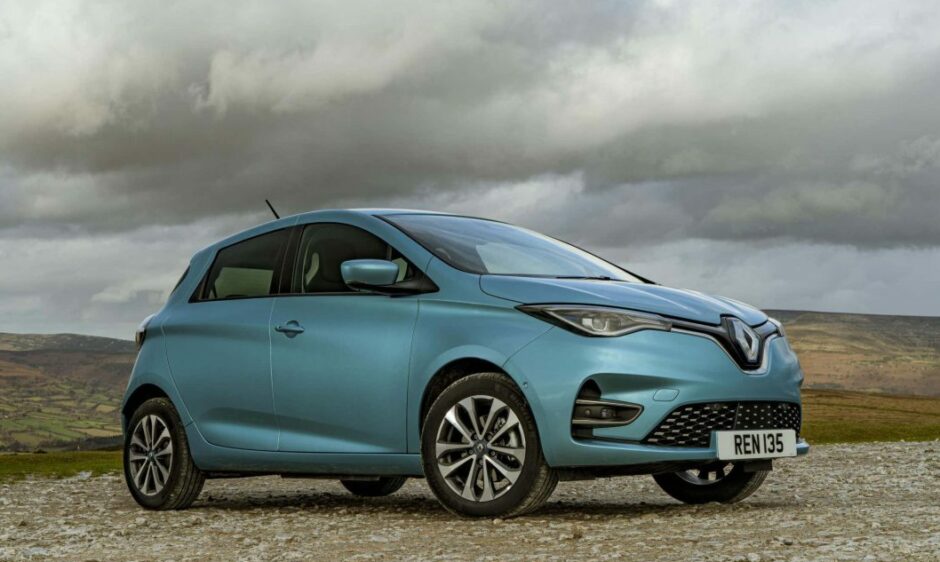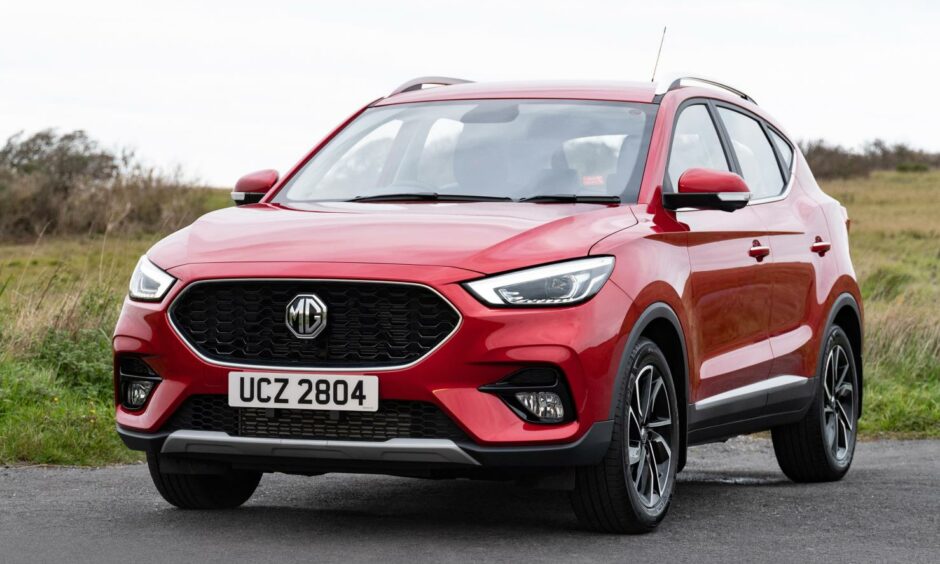With temperatures reaching new highs and a significant part of the population choosing to staycation this year, road trips are set to soar in the coming weeks.
If you’re new to EVs and getting ready for a summer road trip, there are several ways to help maximise battery range, says EV subscription company Elmo.
Does temperature impact your EV battery?
The weather has a significant impact on EVs, and is most noticeable on the range. EVs are usually advertised with a worldwide harmonized light vehicles procedure test (WLTP) range – a series of tests that an EV goes through before being commercially available.
Studies show that the optimal operating temperature for an electric car is 21.5C. Anything warmer or colder and the top-end of the range decreases.
 During the summer air conditioning saps battery energy; temperature alone could reduce range by 10-12%, with use of in-car climate control increasing that loss to 40%.
During the summer air conditioning saps battery energy; temperature alone could reduce range by 10-12%, with use of in-car climate control increasing that loss to 40%.
In the heatwave drivers are unlikely to want to reduce air conditioning, so how else can battery drain be avoided?
Stay plugged in
If you leave your car unplugged at night, you may find the next morning that the battery has gone down a few percentage points.
This is due to the fact that although the car is switched off, electrical processes still take place. One of these is the cooling of the battery, which can cause the battery to drain.

So keep your EV plugged in. It can’t overcharge as it is limited by the battery management system, and it will ensure electrical processes can run without draining the battery.
Avoid rapid chargers
These are fine if you are in a hurry but if you have the option to charge at night or while at work, then take advantage of this.

Rapid chargers cause the battery to heat up which, in turn, causes the cooling system to kick in, depleting the range in your EV.
Preconditioning
Preconditioning is an effective feature that some EVs have (like the Renault ZOE ZE50) and, when plugged in, allows drivers to cool or heat the cabin remotely.
It won’t drain the battery but ensures it is cooled or heated to the optimum temperature before setting off.
It helps maximise range as it avoids the need to blast the air conditioning on full when you get in the car, avoiding battery drain.
Park in the shade
It may seem obvious but park in the shade if possible. EV batteries do not like overheating, and the cooling processes saps energy.
By parking in the shade, you can mitigate the amount of energy lost.
Driving style
Use the ‘eco-modes’ available in may EVs. In the Renault ZOE, for example, it’s Mode B, and in the MG ZS EV it’s Eco-mode.
This setting attempts to maximise the running efficiency by reducing the power you are able to give it.
Linked to this is the use of the accelerator and brakes. The more aggressively you accelerate and brake the more energy is required, reducing the overall range of the car.
By driving mindfully, you will be able to extend your mileage.













Conversation